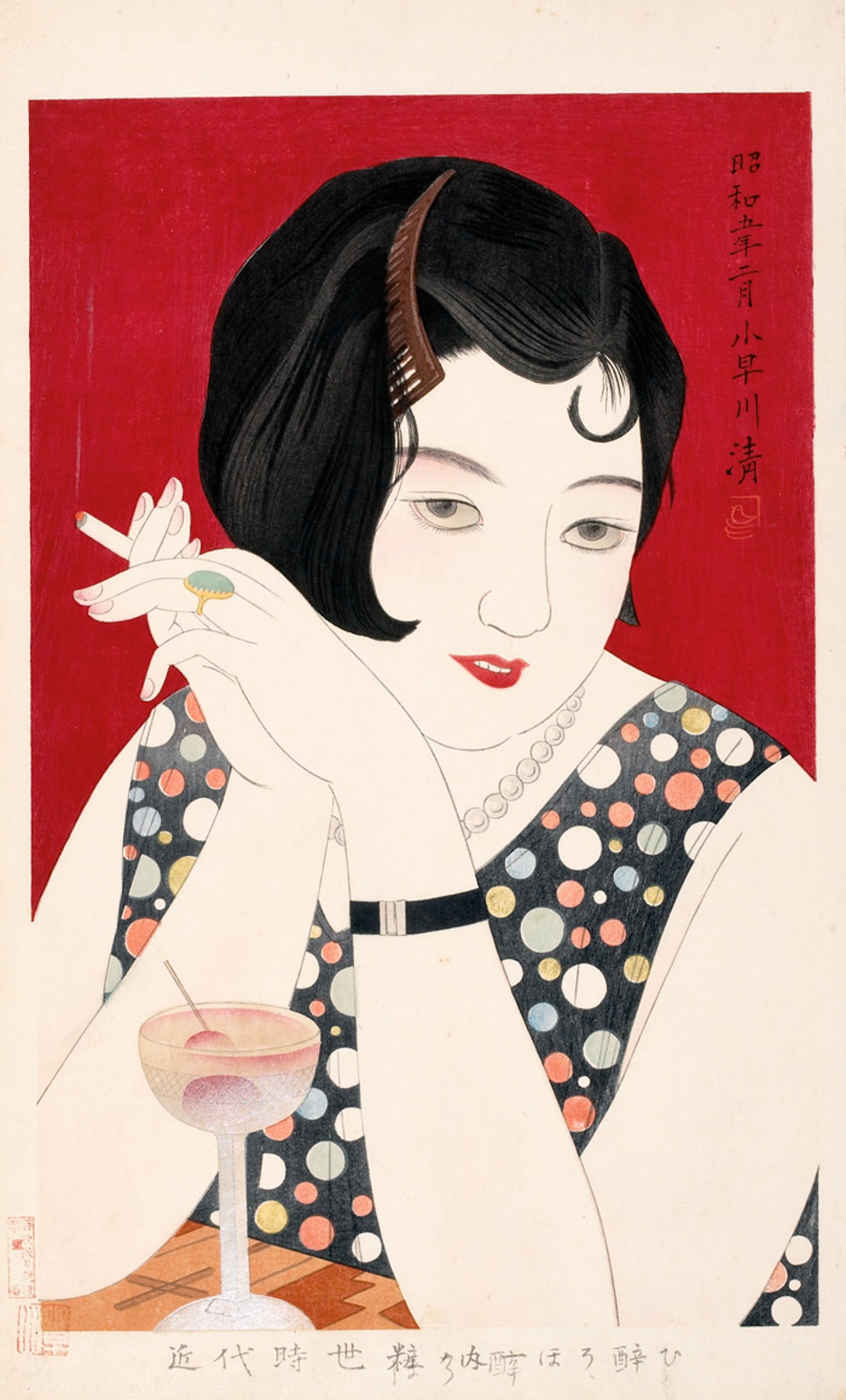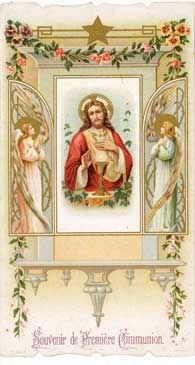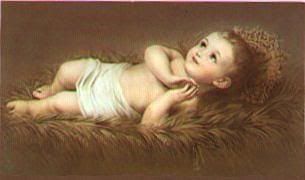+ JMJ +
From Ming's Asian Gallery:
The Ukiyo-E, or woodblock print, was an art form created in the mid-17th century depicting the world of the rising, wealthy merchant class of Japan. Devoid of any political power, emphasis was placed on luxury, extravagant indulgences and pleasure. This culture became known as the “Floating World”, where one existed as if in a dream.

White Peony, circa 1909
By Sekka (Momoyogusa)
Artists captured the beauty of strolling courtesans, the vibrancy of the Kabuki theater dramas, legends and heroes of the samurai, and the peace and tranquility of the Japanese landscape. Many of these images have been lost through time, war, fire earthquake. The few that have survived represent a time of intrigue and passion, a time that truly was “just for the moment.”

Hashiguchi Goyo, Woman Combing Her Hair, March 1920, woodblock print on paper, 17 9/16” x 12 7/8”, The Walters Art Museum, Baltimore
Hashiguchi Goyo, beloved and respected as one of Japan’s greatest shin hanga, or new woodblock print artists, had a brief career. He only produced 14 different prints before his untimely death in 1921. Of these, eight were images of beautiful women. They highlighted the distinctly 1920s look and feel of Goyo’s art. (Source: The Walters Art Museum)
This bust portrait depicts one of Goyo's favorite models, Tomi, wearing a summer kimono tied simply with a red sash. She tilts her head slightly downward and holds her hair away from her face while she pulls a comb through her exceedingly long tresses. This impression is particularly remarkable for the very fine printing of her hair.
This image is not only one of the most important bijin prints of the shin hanga genre; it transcends its era and stands out as an iconic work among Japanese woodblock prints of any period. (Source)
This bust portrait depicts one of Goyo's favorite models, Tomi, wearing a summer kimono tied simply with a red sash. She tilts her head slightly downward and holds her hair away from her face while she pulls a comb through her exceedingly long tresses. This impression is particularly remarkable for the very fine printing of her hair.
This image is not only one of the most important bijin prints of the shin hanga genre; it transcends its era and stands out as an iconic work among Japanese woodblock prints of any period. (Source)

Watanabe Ikuharu (1895-1975)
Competing Beauties in the Showa Era: December [Lunar Calendar], Snow, Sky
(Source)

Shimura Tatsumi (1907-1980)
Five Figures of Modern Beauties
(Source)

Kitano Tsunetomi, 1880-1947
Seasons of the Pleasure Quarters: no. 3, Horie in Summer, Twilight
(A seated beauty wearing a yukata decorated with blue morning glories.)
(Source)

Tipsy, 1930
By Kobayakawa Kiyoshi (1889-1948)
Color Woodblock Print
(Source)
In the early 20th century, Japan pursued first-class-nation status in the international arena. As the country dove headfirst into modernization and Westernization, Japanese intellectuals and politicians pushed to elevate the status of women, and, at the same time, maximize national profit and stimulate economic growth.

Expression of Eyes by Kobayakawa Kiyoshi, 1931
Many girls’ schools serving middle- to upper-class families, inspired by Christian and Confucian ideals and teachings, adopted the principle “good wife, wise mother (Ryösai Kenbo).” Education for females focused on good housekeeping, which included such tasks as caring for husbands and nourishing and educating children who would one day be important national assets.

Western Style Dancing by Kobayakawa Kiyoshi, 1934 (Source)
The lifestyles of such schoolgirls and “good wife, wise mother” figures became an idealized image of femininity to which all women were encouraged to aspire. However, as time passed, some women, especially those educated in the new school system, began to be aware of the value of self-achievement and individualism. “Modern girls” (moga) started to appear in public—at cafés and on the street.
A selection of prints depicting images of modern femininity from the first part of the 20th century offer a rare opportunity to see the world-renowned work Tipsy, which from 2004 to 2008 traveled to venues across the United States, Japan, and Australia as part of the popular exhibition Taishö Chic: Japanese Modernity, Nostalgia and Deco. The subject of Tipsy is dressed in the latest contemporary Western fashion. She wears a ring and watch, has bobbed-hair and heavy make-up, and smokes a cigarette, epitomizing the modern woman who might have resisted and questioned the role of “good wife, wise mother.”
~ Sawako Takemura Chang, Assistant Curator of Japanese Art & Robert F. Lange Foundation Digital Imaging Manager

Paper Fish
Unknown
Japanese, 20th century
Ukiyo-e woodblock-print, ink and colors on paper
Boy's Day Festival (Tango-no-Sekku), 5th day of the 5th moon. Figuring prominently in the boys' celebration are sumarai warrior dolls, along with carp streamers flown outside in gardens and backyards that symbolize the strength and determination of the carp in Japanese folklore.
Balance between Modernity and Nostalgia.



















No comments:
Post a Comment